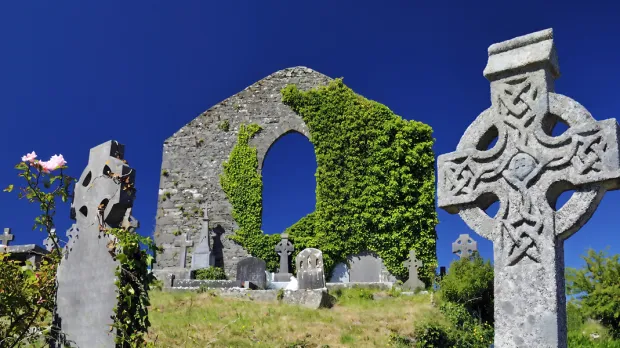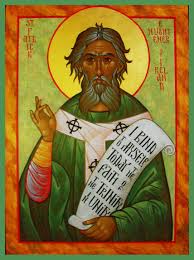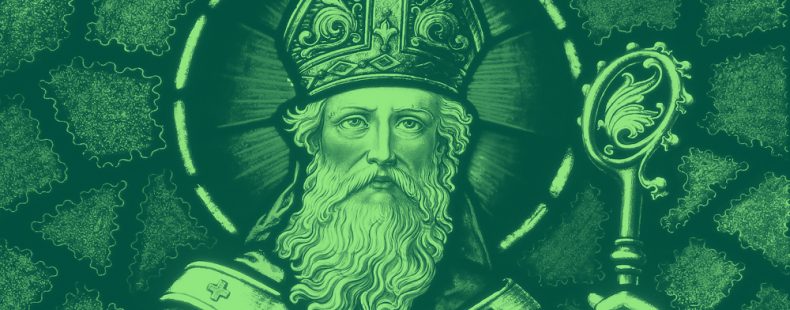Table of Contents
Introduction: St. Patrick history
Join us as we unravel the historical tapestry that defines St. Patrick history, providing insights into the transformative moments that shaped his extraordinary journey and the enduring legacy that echoes through the ages.
Who was St. Patrick?
Before we embark on the historical journey of St. Patrick, it’s essential to understand the man behind the legend. St. Patrick, originally named Maewyn Succat, was born in Britain during the 5th century. Raised in a Christian family, his early life took a dramatic turn at the age of 16 when he was captured by Irish raiders and transported to Ireland. This pivotal moment marked the beginning of a life that would intertwine with the destiny of a nation and the evolution of a cultural icon.
St. Patrick’s resilience and unwavering faith emerged during his captivity in Ireland. The challenges he faced became the crucible that shaped his character, setting the stage for a spiritual awakening that would redefine the course of his life. As we delve into St. Patrick’s history, understanding the formative years and the trials of captivity provides a foundational perspective on the historical figure who would later become Ireland’s patron saint.
Join us in unraveling not just the historical events but the essence of who St. Patrick was—a man of conviction, faith, and a profound influence on the history and culture of Ireland. With this understanding, we navigate through the historical landscapes that defined his early years, setting the tone for a comprehensive exploration of St. Patrick’s captivating history.
Section 1: Early Life and Captivity
St. Patrick’s historical journey commences in Britain during the 5th century, a period marked by political turbulence and cultural shifts. Born as Maewyn Succat, St. Patrick’s early life unfolded in a Christian household. However, at the age of 16, his life took a dramatic turn when he was captured by Irish raiders and transported to Ireland. This historical section sets the stage by delving into the societal dynamics of Britain and Ireland during the 5th century, providing context for the challenges faced by young Maewyn Succat.

Section 2: Spiritual Awakening and Escape
The second phase of St. Patrick’s historical journey unfolds as we explore his spiritual awakening during captivity. In a divine dream, St. Patrick receives guidance to escape captivity and return to Britain. This historical turning point is marked by a deeper connection to Christianity and a newfound determination. The narrative expands into the historical landscapes of ancient Ireland, where St. Patrick’s escape becomes a tale of resilience and divine intervention.

Section 3: Missionary Work and Contributions
St. Patrick’s return to Ireland as a missionary is a pivotal chapter in his historical legacy. This section delves into the historical context of his missionary endeavors, exploring the challenges and triumphs of spreading Christianity in Ireland. The establishment of churches, monasteries, and the use of the shamrock as a symbol of the Holy Trinity mark significant contributions to Irish history.

Conclusion: A Legacy Woven in Time
As we draw the curtains on the historical odyssey of St. Patrick, the tapestry of his life unfolds as a testament to resilience, faith, and enduring legacy. From the early days of captivity to the establishment of a cultural icon, St. Patrick’s journey transcends time, leaving an indelible mark on the pages of history.
Who was St. Patrick?—a question we explored at the outset. St. Patrick, originally known as Maewyn Succat, emerged not only as a historical figure but as a symbol of conviction and unwavering faith. Captured by Irish raiders at 16, his captivity became the crucible that forged a character resilient in the face of adversity. Through a spiritual awakening and divine guidance, St. Patrick escaped captivity, marking a turning point that would shape the destiny of a nation.
The landscapes of ancient Britain and Ireland, both physically and metaphorically, became the canvas upon which St. Patrick painted his remarkable journey. From the lush hills of his birthplace to the mystic aura of Ireland during captivity, the historical context enriched the narrative, providing readers with a visual and emotional connection to the challenges and triumphs that defined St. Patrick’s history.
Missionary work, the establishment of churches, and the iconic shamrock symbol are chapters that solidify St. Patrick’s historical legacy. His contributions to spreading Christianity in Ireland not only transformed the religious landscape but became foundational elements of Irish culture. The visual elements strategically placed throughout the blog post, including depictions of ancient landscapes, maps, and historical illustrations, aimed to provide a more immersive experience for readers.
As we reflect on the life of St. Patrick, we witness a legacy woven in time—a tapestry of history that continues to inspire and resonate with generations. St. Patrick’s history is more than a chronicle; it is a narrative of a man who, against all odds, shaped the destiny of a nation and left an enduring legacy that echoes through the ages. Join us in celebrating St. Patrick, not merely as a historical figure, but as a beacon of resilience and faith—a timeless icon in the historical tapestry of Ireland.


